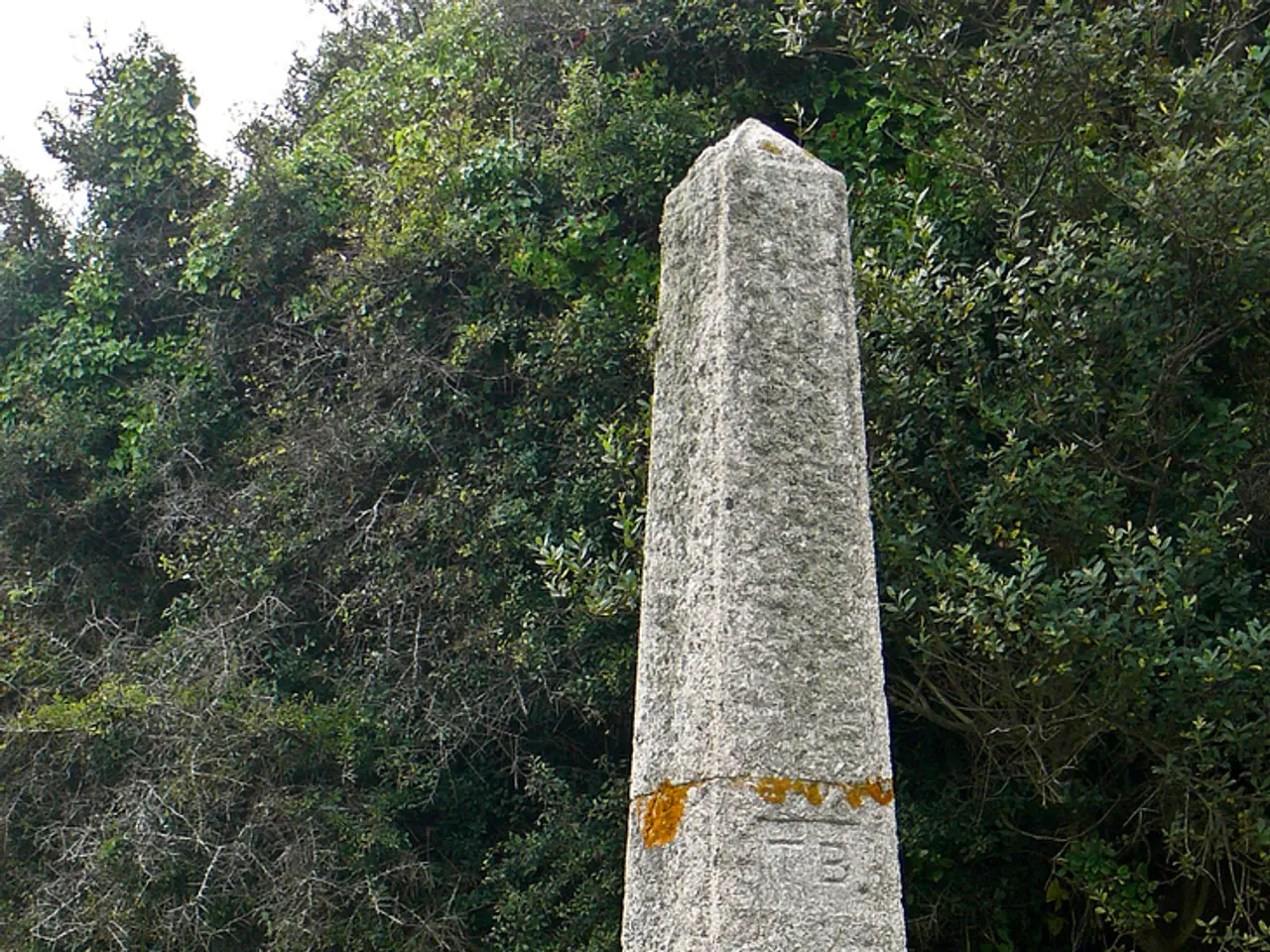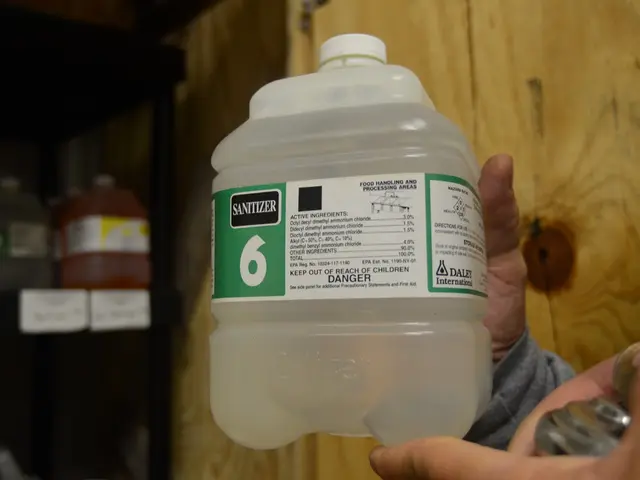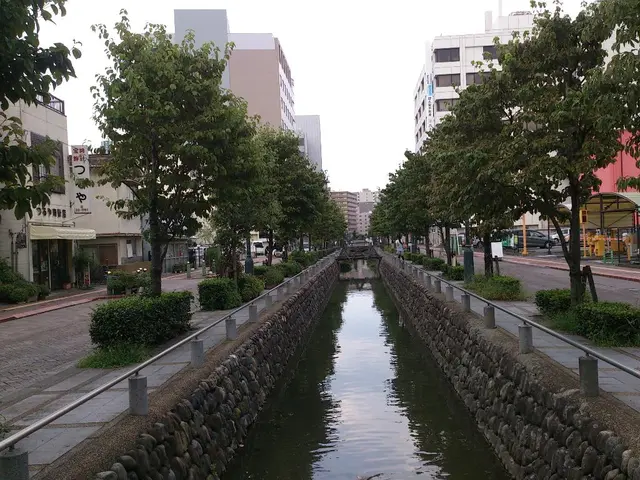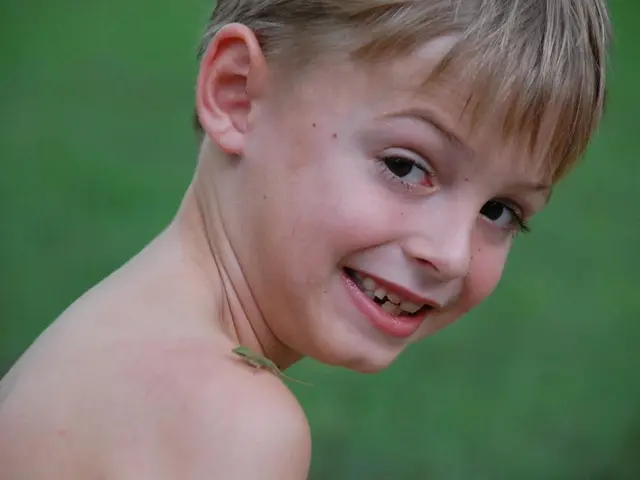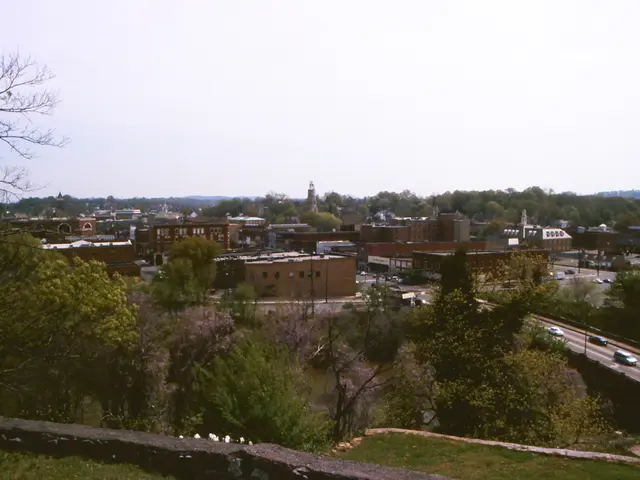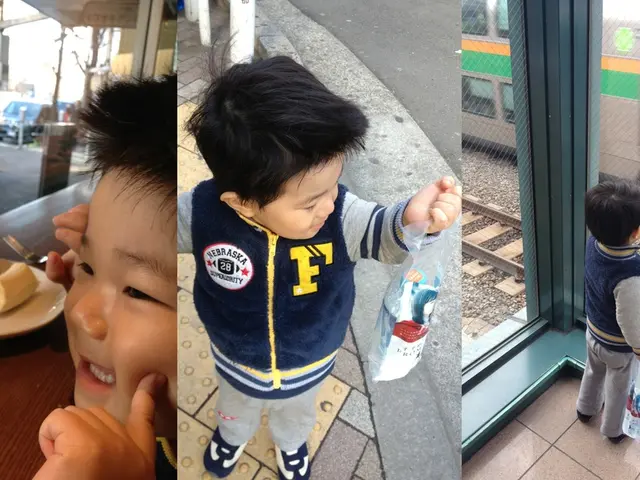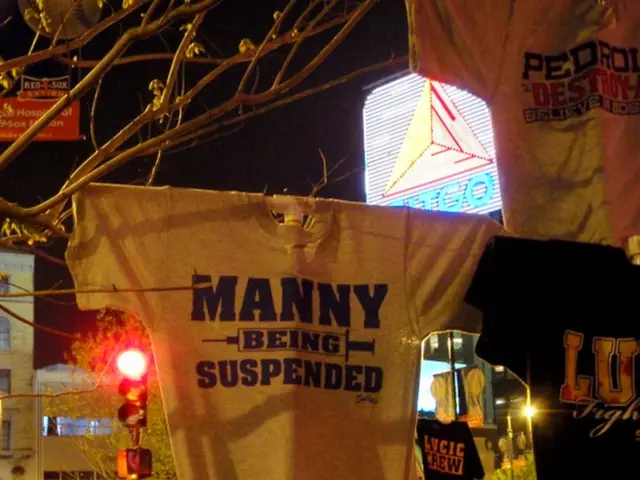Archaeological search for the remains of children starts at Irish home for unmarried mothers
In a significant historical and human rights investigation, a team of Irish and international experts has embarked on a two-year project to uncover the remains of nearly 800 babies and young children buried in a disused septic tank at the site of a former mother and baby home in Tuam, County Galway, Ireland.
The home, managed by the Sisters of Bon Secours, was in operation from 1925 to 1961, during which many children died due to neglect and harsh conditions. The ongoing probe aims to reassemble the commingled remains, establish identities where possible, and shed light on a dark chapter in Irish history.
The excavation, authorised by the Irish government in 2022 and led by the Office of the Director of Authorized Intervention, Tuam, began on Monday. The dig site is expected to last for about two years, with a budget of 9.4 million euros (approximately $11 million).
The team is preparing to separate the bones, believed to be jumbled together, to try to rebuild individual skeletons. However, due to decomposition, obtaining usable DNA samples may not always be guaranteed. If they can, the team plans to match these samples to those provided by relatives.
The circumstances of the children's short lives, the treatment of the mothers, and the decades of secrecy surrounding the deaths have been recognised as a profound moral stain on the Irish government and the Catholic Church. The Catholic Church's role and cooperation with the State are under scrutiny, as are adoption practices and burial methods in these and other similar institutions across Ireland.
The dig team does not know how many children are buried in the septic system, which has 20 tanks. There are also 19th-century famine remains and remains from Ireland's civil war at the site, which could potentially be mixed with those of children who died at St. Mary's.
The jumbled graveyard beneath the soil tells some of the most painful chapters of Irish history, the wounds of which remain unhealed. The home was one of several institutions where unmarried pregnant women in Ireland were often sent, forced to work, and where their babies died at rates far above the national average in the first decades of Irish independence.
The recent apology from the home's managers, the Sisters of Bon Secours, for the disrespectful burial of infants and children at St. Mary's in 2021, underscores the need for this investigation. Some mothers were deceived and told that their babies had died, when the infants had in fact been illegally adopted from the facilities.
This excavation is part of a broader effort to uncover the truth about Ireland's past and to ensure that such tragedies are never repeated. The coroner's findings and further government inquiries will guide the direction of this significant historical and human rights investigation.
- This excavation initiative, wedged within the realm of science and general news, aims to delve into the disquieting mystery of over 800 babies and young children buried in a septic tank at a former mother and baby home, a dark chapter in Irish history.
- The checkered past of medical-conditions and chronic diseases that plagued these institutions is being revisited, as the team embarks on a two-year project to untangle the commingled remains and identify victims, if possible.
- In this project, the lines between health-and-wellness, mental-health, and mens-and-womens-health converge, as the team unearths fragments of tragic stories that lay buried under the soil for decades.
- Amidst the global landscape of politics and crime-and-justice, the collaboration between Irish and international experts seeks not just forensic answers, but also social and moral rectification for the deceit and neglect that marred the homes.
- The dig site, with its 20 tanks containing the remains, is a testament to a bygone era of parenting, where unmarried pregnant women were often ostracized and their children suffered.
- As the dig progresses, the findings will not only contribute to the annals of medical research and history books, but will also serve as a beacon for future generations, ensuring that the lessons learned from the past will herald a new era of compassion, justice, and respect for all.
